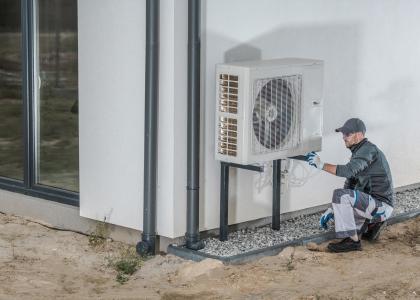The industrial sector represents a big opportunity for low-cost energy savings from utility energy efficiency programs. In general, investments in energy efficiency lower operating costs for manufacturers, which increases their productivity and improves competitiveness. When these investments are made through utility programs, businesses get the added value of access to technical expertise, project implementation support, and financial incentives that reduce initial costs. Plus, industrial programs help states comply with the Clean Power Plan. Despite these obvious benefits, many states and large energy users harness only a fraction of their industrial energy efficiency potential.
To help state-level stakeholders communicate the value of investments in energy efficiency by industrial, commercial, and institutional customers, we’ve created four new fact sheets. Each one focuses on a particular issue related to achieving greater program participation by the largest energy users (click the title to download).
- Industrial Efficiency Programs Can Achieve Large Energy Savings at Low Cost. This overview of the benefits of industrial programs includes a list of 10 tips for designing good programs.
- The Dollars and Cents of Industrial Efficiency Program Investment. Want to know how the combined investment of utility and customer dollars saves more energy and provides added value to customers? This is a must-read.
- Myths and Facts about Industrial Opt-Out Provisions. The arguments often made in favor of allowing industrial customers to opt out of energy efficiency programs don’t hold water. In this fact sheet, you’ll find out why.
- Overview of Large-Customer Self-Direct Options for Energy Efficiency Programs. This one outlines the status of self-direct programs and opt-out provisions by state, and includes tips for designing successful self-direct programs.
To create these resources, we interviewed dozens of stakeholders from efficiency organizations, regulatory agencies, utilities, and program implementers to learn more about the barriers they face in adopting large-customer energy efficiency programs. We focused our discussions in two states, Mississippi and Pennsylvania. Mississippi launched their first statewide utility energy efficiency programs in 2013, and recent activities there have been focused on ensuring the programs are well structured and effectively marketed to all customers. In Pennsylvania, electric distribution companies have offered efficiency programs since 2008, and efforts there are focused on maintaining participation in the programs and continuing to achieve high levels of savings. The lessons learned in each state are contained in the fact sheets and broadly applicable across the country.
For more information about how to use the fact sheets and the methodology we used to develop them, download the companion white paper, Communicating the Value of Industrial Energy Efficiency Programs.



